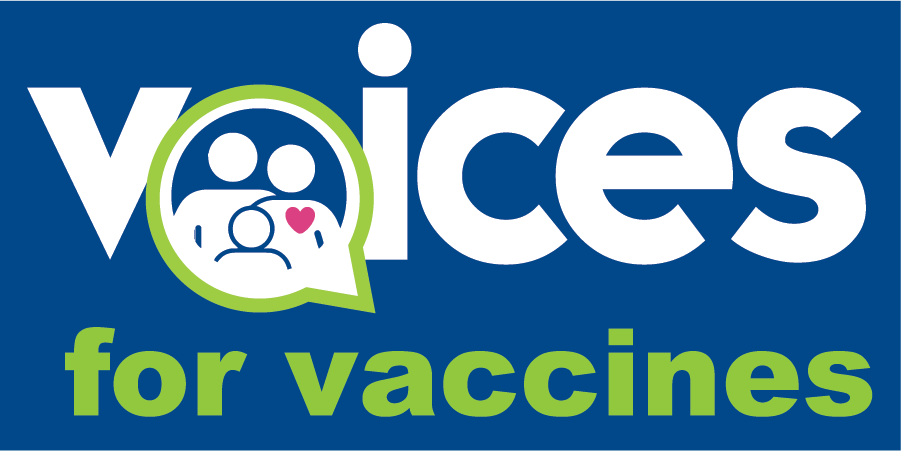Hepatitis B Vaccine
 Your baby will receive this vaccine, which protects him or her from illness including cancer, before leaving the hospital. The hepatitis B virus can be spread through contact with blood, saliva, body tissues, or the fluids of an infected person. Many people who contract hepatitis B never discover the source of their infection. Infants are at special risk because if they become infected at birth, 90% of them will develop a life long hepatitis B infection and 25% of those will develop liver cancer or liver failure later in life. Hepatitis B infections can also occur through household contact, usually with relatives. Five thousand people die annually from complications of hepatitis B in the United State alone. Reactions to the vaccine, if any, tend to be mild, such as soreness at the injection site or slight fever.
Your baby will receive this vaccine, which protects him or her from illness including cancer, before leaving the hospital. The hepatitis B virus can be spread through contact with blood, saliva, body tissues, or the fluids of an infected person. Many people who contract hepatitis B never discover the source of their infection. Infants are at special risk because if they become infected at birth, 90% of them will develop a life long hepatitis B infection and 25% of those will develop liver cancer or liver failure later in life. Hepatitis B infections can also occur through household contact, usually with relatives. Five thousand people die annually from complications of hepatitis B in the United State alone. Reactions to the vaccine, if any, tend to be mild, such as soreness at the injection site or slight fever.
Rotavirus Vaccine
 The Rotavirus vaccine is given at 2, 4, and 6 months. Rotaviral gastroenteritis is an illness marked by vomiting, diarrhea, and fever. Once ill, infants can quickly become dehydrated. Rotavirus is spread from person to person, regardless of the hygienic condition of the environment. Before the vaccine was added to the childhood immunization schedule, up to 70,000 children were hospitalized annually in the U.S. due to rotavirus. This vaccine, which is given by mouth, is notable for its extremely low incidence of side effects which, if they occur, are very mild, and can include fever and diarrhea.
The Rotavirus vaccine is given at 2, 4, and 6 months. Rotaviral gastroenteritis is an illness marked by vomiting, diarrhea, and fever. Once ill, infants can quickly become dehydrated. Rotavirus is spread from person to person, regardless of the hygienic condition of the environment. Before the vaccine was added to the childhood immunization schedule, up to 70,000 children were hospitalized annually in the U.S. due to rotavirus. This vaccine, which is given by mouth, is notable for its extremely low incidence of side effects which, if they occur, are very mild, and can include fever and diarrhea.
DTaP (Diphtheria, tetanus, and acellular pertussis) Vaccine
 The DTaP vaccine is given at 2, 4, 6, and 12 -18 months. It protects children from diphtheria, tetanus, and pertussis. All three diseases were a significant cause of death before these vaccines were introduced. Pertussis, a particularly dangerous disease in babies, used to cause 8,000 deaths a year in the U.S., primarily in infants. While diphtheria and tetanus cases have been kept at bay through vaccination, pertussis outbreaks still occur in the U.S. and are on the rise. Side effects of the vaccine may include fever, fussiness, and soreness at the injection site.
The DTaP vaccine is given at 2, 4, 6, and 12 -18 months. It protects children from diphtheria, tetanus, and pertussis. All three diseases were a significant cause of death before these vaccines were introduced. Pertussis, a particularly dangerous disease in babies, used to cause 8,000 deaths a year in the U.S., primarily in infants. While diphtheria and tetanus cases have been kept at bay through vaccination, pertussis outbreaks still occur in the U.S. and are on the rise. Side effects of the vaccine may include fever, fussiness, and soreness at the injection site.
Hib (Haemophilus influenzae) Vaccine
Hib vaccine is given at 2, 4, 6, and 12 -15 months. Haemophilus influenzae type b is a bacterial infection often spread through coughing or from contact with an infected person’s saliva. It can lead to severe infections of the brain, throat, and blood. Hib infection of the brain is an extrememly serious illness that is nfec fatal in 5% of patients and causes brain damage in 10% to 30% of survivors. Hib vaccine can cause soreness at the injection site, but is not associated with serious side effects.
PCV (Pneumococcal conjugate vaccine)
The pneumococcal vaccine is given at 2, 4, 6, and 12 -15 months. An infection caused by Streptococcus pneumoniae bacteria can lead to ear infections, pneumonia, blood infections, meningitis, and death. Prior to the use of this vaccine, pneumococcal disease was a serious problem in children under five years of age. Each year, it caused 5 million ear infections, 13,000 blood infections, 700 cases of meningitis, and 200 deaths in the U.S. Pneumococcal conjugate vaccine can cause soreness at the injection site and low-grade fever, but is not associated with serious side effects.
IPV (Inactivated poliovirus vaccine)
 The polio vaccine is given at 2, 4, and 6 -18 months. Polio virus can spread to the nervous system and cause temporary or permanent paralysis. While polio was eliminated from the U.S. in 1979, it is still endemic in Afghanistan, Pakistan, and Nigeria, and is only a plane ride away. The world is trying to eradicate polio for good, and vaccinating your child is a crucial way to help attain this goal. Polio vaccine may cause soreness at the injection site, but is not associated with serious side effects.
The polio vaccine is given at 2, 4, and 6 -18 months. Polio virus can spread to the nervous system and cause temporary or permanent paralysis. While polio was eliminated from the U.S. in 1979, it is still endemic in Afghanistan, Pakistan, and Nigeria, and is only a plane ride away. The world is trying to eradicate polio for good, and vaccinating your child is a crucial way to help attain this goal. Polio vaccine may cause soreness at the injection site, but is not associated with serious side effects.
© Voices for Vaccines. Excerpts and links may be used by websites and blogs, provided that full and clear credit is given to Voices for Vaccines, with appropriate and specific direction and links to the original content. Parents, providers, advocates, and others may download and duplicate toolkits in print, without alteration, for non-commercial use and with full and proper attribution only.
